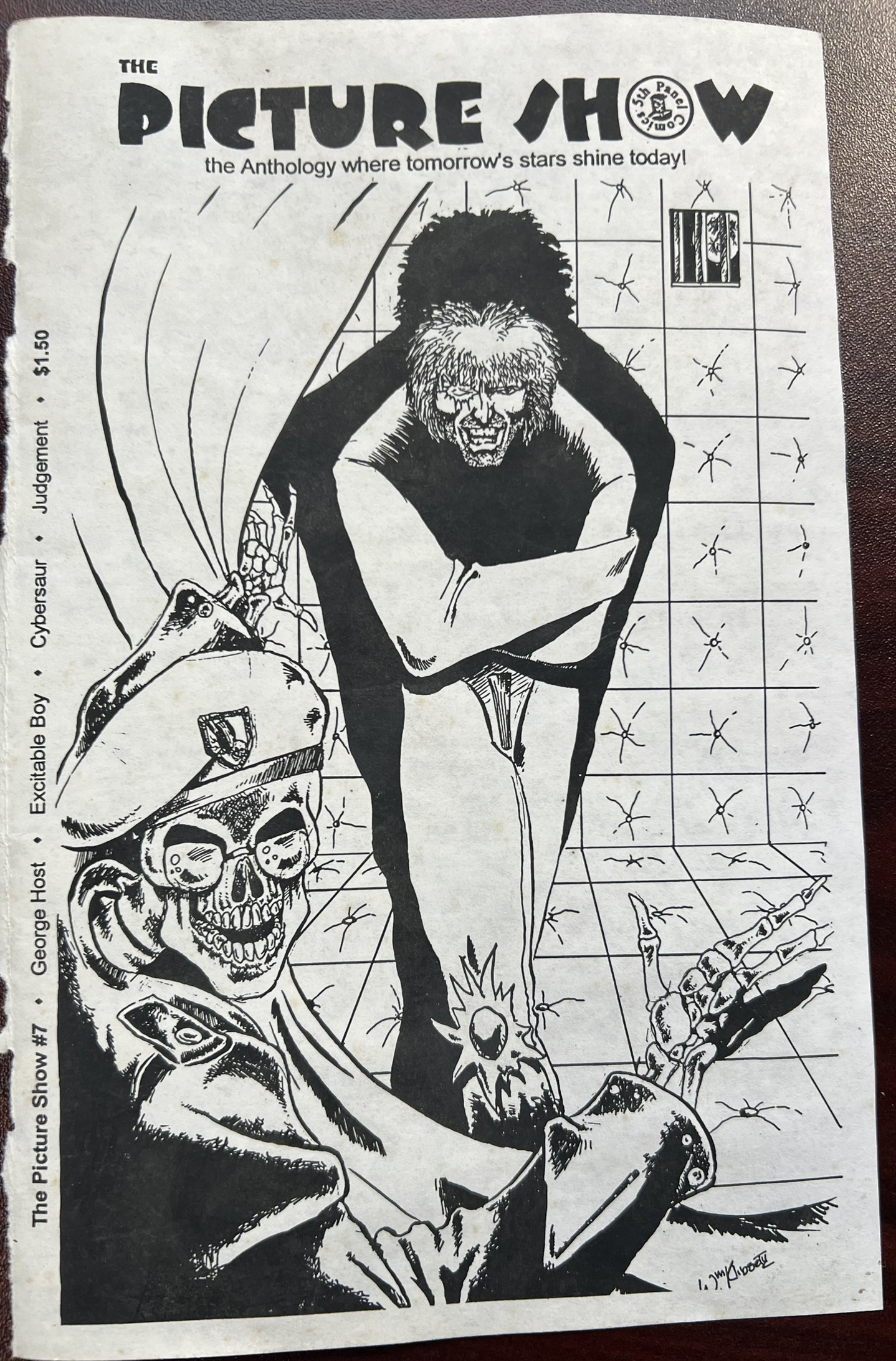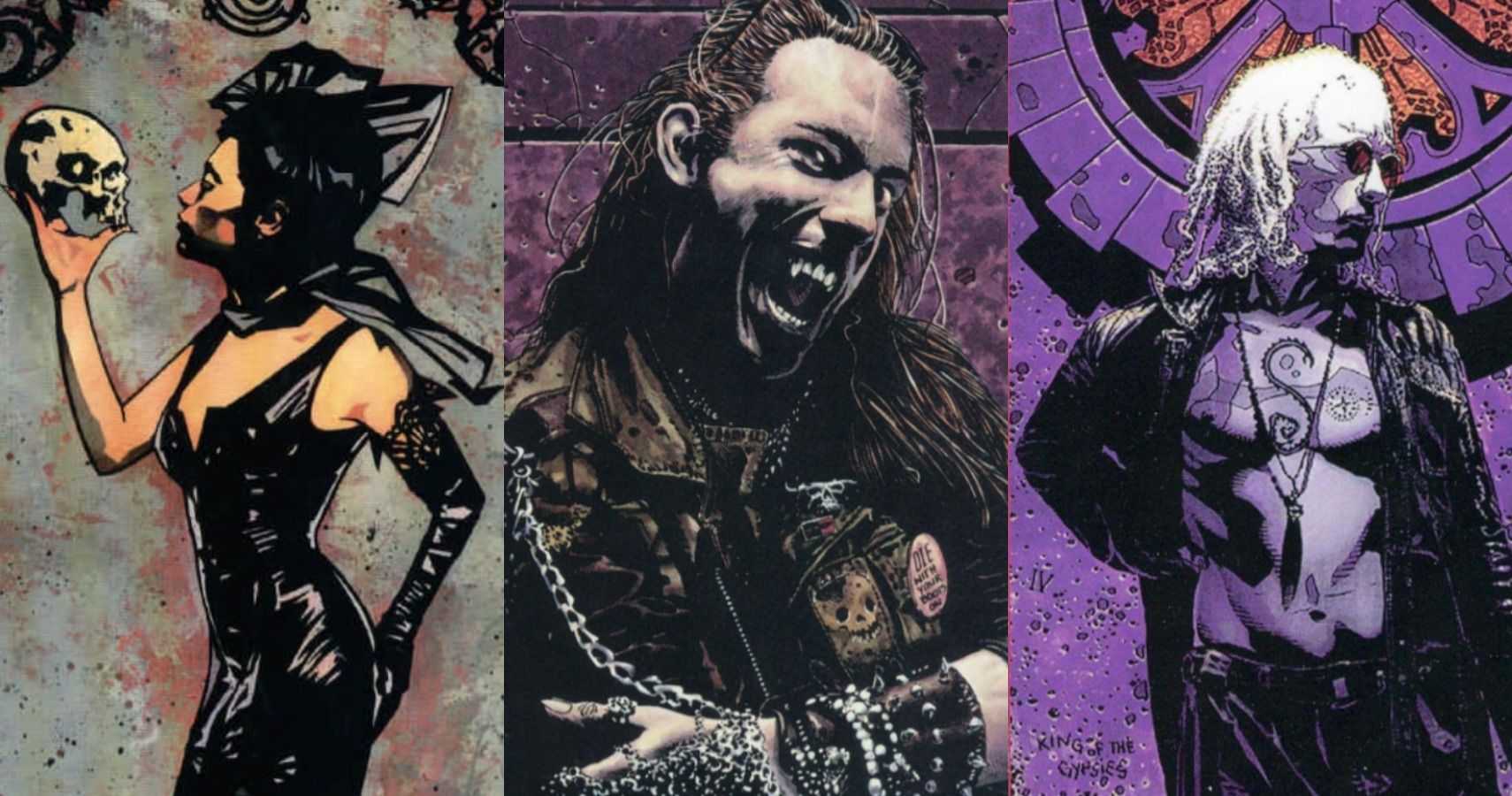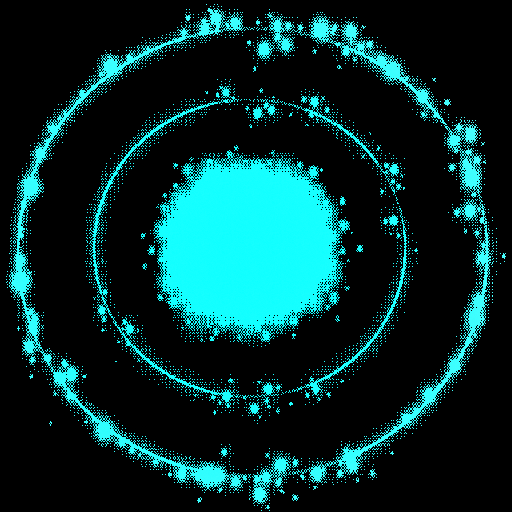
It’s been a couple months since the last time I tapped out one of these. In the interim, I’ve been writing in other places, although not as often as I could’ve been there, either. I’ve also been working on the script for chapter two in the story that Jeff and I are telling- Midwife, aborted -as well as the script for a potential third chapter (still under debate) and the prose version of a potential fourth chapter. It’s hard to tell where things might go from here and that’s the same in any number of other domains. As the United States continues its slide toward outright fascism, there can come a time when people question whether it’s worth continuing to fight or even how to continue that fight. There are other places in the world to live; many with far more humane systems of assistance for those who need it. So, then the question arises: Why stay? Why remain and subject yourself to the fight that inevitably results from resisting the depredations of the world’s modern Nazis? And it’s a fair question. Some people just aren’t interested in fighting, especially in the latter stages of life and especially if a pleasant life can be found elsewhere.
Then it’s just a matter of principle. Are you going to allow other people to evict you from the place that you’ve, perhaps always, called your home? Are you going to allow changing circumstances to separate you from the life you’ve built and would like to continue to enjoy, right where you are? If the answer to that is “No”, then you’re in line with the motivations of that vast majority of those who reside on Four, known locally as the Dead Zone, because that unwillingness to abandon one’s home extends to many of the residents who are no longer presences in what most would consider “life.” The first story that I wrote for Fifth Panel Comics, alongside Will Kliber doing the artwork, was a nominal horror story called “Excitable Boy.” It was an idea I kind of plucked from the ether one day and jotted down in the hallowed notebook and attached to it a concept I’d dreamed up a couple years earlier called The Morgue Lords. That latter idea was something I wanted to save for a much bigger picture, but I figured it was natural to tie it in to this small series of horror story ideas that I had for an anthology that Jeff was publishing called The Picture Show, so that there could be a common background thread and then, maybe, somewhere down the line, we could point back to where things had “started” if that bigger picture came into focus. Jim Shooter did a lot of that kind of thing when he was running Valiant Comics, with the main characters of their own books appearing in minor roles in other stories before making their own debut. It’s a solid way of approaching the whole “shared universe” concept and I figured I could just follow suit.

When I envisioned Dystopia as a multi-genre setting, I knew I wanted horror (and the Morgue Lords) to be part of it, so that all kind of flowed together and I decided that the fourth level- not quite deep enough to engage the radical changes down below, but deep enough to be an environment in which the average citizen (or corporation) probably wouldn’t be interested in remaining -was the best spot for it. Instead of having a Walking Dead situation, where the last fragments of humanity are holding out against (or fighting between) the shambling hordes of undead, there could still be sections of that level where relatively “normal” city life continued for at least some of the inhabitants and the emergence of things like ghosts, zombies, vampires, werewolves, whathaveyou would still engender the unease, shock, and horror that those stories usually try to convey. The general idea was that this ring of the city would’ve been the outskirts of the original settlement when it really began to grow past the level of a mining camp or whatever, so that’s where many of the original and latterly-expanded cemeteries would’ve been. That, of course, is fertile (almost literal) ground for the kinds of stories in the horror milieu. It’s a conceit, but I tried to make it a logical one. Then, the energies released by the Collapse and the Well interacted with that ground and brought back many of the former residents who still weren’t interested in leaving, for one reason or another. The popular theory was that the Well was also acting as a beacon for other kinds of undead, such that Four became kind of a gathering place for them, as it became too problematic for a lot of them to venture deeper, although many tried.
This is the level where the Walker patrols are still fairly frequent, so the whole nature of the setting begins to change from one of exertion of human influence to survival against what may be greater powers. But it’s one of the best mixes in that respect because, again, some level of society and community still exists. One can see that in the presence of figures like Macabre, the self-labeled crimelord of Dystopia. He’s still trying to keep the rackets running and extend them down to Five, as well. Similarly, the gangs are a bit less tribal and a bit more about keeping a community together. The Knightshift is perhaps the best example, fusing a group of survivalists with a gathering of people that are halfway between actual sorcerors and LARPers. The motivation for them is less about holding turf and more about establishing a perimeter in which the residents of the level can still carry on their daily lives to some degree. These are the people pushing back against the criminals like Macabre in the same way that the modern American population should be pushing back against the criminals in charge of the government. But groups like the ‘Shift and Control/Alt/Delete, a gathering of self-avowed hackers trying to exploit the ShadowNet, are also set to try to contain the excesses of other phenomena on the level, like the Blessed, a loose group of vampires, and Canis Majoris, a much more tight-knit association of werewolves. (There are no limits on that “horror” theme.)

But that attraction of the Well works both ways, in that individuals focused on the containment (or extermination) of the undead are also present, like The Gargoyle, who is both a vampire hunter (led here by the presence of the Blessed) and the main focus of the second story Will and I presented to Jeff for publication (another “pre-Dystopia” refugee, as it were.) Another is The Hanged Man, whom I mentioned alongside Macabre, the Morgue Lords, and C/A/D when I mentioned the planned third book of the Dystopia collection, Shadows on the ‘Net. So, a lot of these characters have been around for a while, figuratively and literally. All of them are intent on surviving in the changed circumstances that the Collapse created. All of them are willing to fight for what they think is right or simply to protect the home that they’ve known; sometimes for the years that make up their lives and sometimes for many centuries before that. They answered that second question of whether they were going to allow those circumstances or forces released by them to push them from their homes with a resounding “No.” In truth, that’s the one I favor, as well, although I can understand the reasoning behind simply going somewhere else to enjoy one’s life (or unlife) in the way that is most readily available. But it’s the answer of “No” that tends to leave the city as what is still nominally a functioning community on several of the levels, so that’s probably a reflection of its creator in that respect and the foundation for many of the attached stories.


 What some consider to be either the ultimate expression of urban decay in America, an encounter with a cosmic phenomenon, or a nightmare writ large. Regardless, it's somewhere between fascinating and lethal and all shades in between.
- Welcome to Hell, the travelers' guide to Dystopia.
What some consider to be either the ultimate expression of urban decay in America, an encounter with a cosmic phenomenon, or a nightmare writ large. Regardless, it's somewhere between fascinating and lethal and all shades in between.
- Welcome to Hell, the travelers' guide to Dystopia.
